Browse Teaching
Explore commonly taught topics along with related primary sources, discussion questions, teaching strategies, and annotated bibliographies.
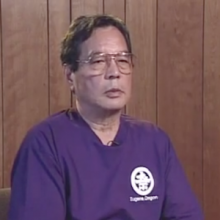
Japanese Immigrants, Internment Camps, and American Loyalty
This source collection focuses on the interviews and stories of first and second-generation Japanese Americans internment during World War II.
Source Collection: Evolution of Rights in Saint Domingue
These six primary sources focus on the rights of free and enslaved Black people in Saint Domingue, eventually Haiti, and how they changed over time. These rights would eventually culminate in the Haitian Revolution and the Declaration of Independence of the Blacks of St. Domingo.
Source Collection: Pennsylvania Newspapers React to Refugees from Haitian Revolution
These newspaper articles report on the influx of the white and Black refugees fleeing Haiti during the Haitian Revolution of 1791 to 1804. The articles, published through the Pennsylvania Gazette, detail how early republic states of Pennsylvania, Maryland, and South Carolina are reporting on, and dealing with, the increased number of migrants during the United States' first immigration crisis.
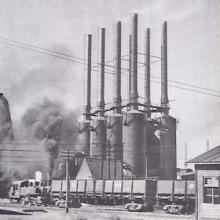
Short Teaching Module: East Asian Developmental States in Global History
The essay examines the concept of the “developmental state” in East Asia, tracing its evolution and application across both capitalist and socialist regimes of the twentieth century.
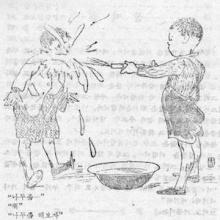
Source Collection: Korean Colonial-Era Children’s Literature
Children's literature can reveal a great deal about the time and place in which it was written. These stories from Korea published in 1946 provide insights into ideas about childhood, play, gender, family and even national identity the newly independent and not yet divided nation. Each story is provided in Korean and with an English translation provided by undergraduate students in Prof.
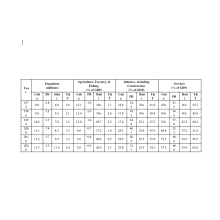
Economic Diplomacy in the Caribbean Since the Second World War
Economic affairs are an essential part of world history and, even more so, in contemporary times after World War II, when globalization processes with higher levels of interdependency and proximity among individuals and countries are increasingly observed.
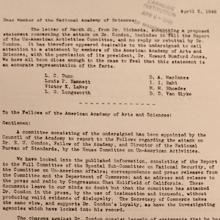
Short Teaching Module: Science, Technology, and the U.S. Military-Industrial Complex during the Cold War
For decades, the relationship between science and the U.S. government during the early Cold War years was understood largely as a story of a militaristic state persecuting and co-opting scientists and scientific institutions to serve national security interests.
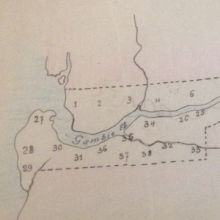
Short Teaching Module: Borderland Migration and Communities in Twentieth-Century West Africa
Cross-border mobility has created borderland cultures and led to the development of vibrant communities that in some cases have stretched across several states. One example of this is West Africa, where during the colonial period, people continued to move between different colonies, ignoring the limits that colonial powers sought to put on their mobility.

Short Teaching Module: Building Materials as an Indicator of Transnational Encounters in Malaysia
Building materials are an important component of construction. The characteristics of each material determine the properties of a structure that can be built. Building styles in different parts of the world are markedly different from one another due to various factors such as climate and humidity, not to mention the availability and convenience of each material.

Long Teaching Module: Caribbean Seafaring in the Archaic Age (2000-400 BC)
There have been many different approaches to studying seafaring in the past. We can look at the evidence of voyages in books written by prominent explorers or follow the maps maintained by successful prominent trading companies. We can use the objects left behind, showing who traveled where, when, and across what expanses of sea.
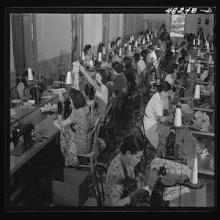
Short Teaching Module: Portraying Women Workers: Beyond Norma Rae
Starting at the turn of the twentieth century, U.S. and insular government offices and textile and garment businesses incorporated women of the New South and Puerto Rico into manufacturing in distinct yet interrelated ways. Despite these complexities, Crystal Lee Sutton, a mill hand and union member in North Carolina, became the focus of media attention in the early 1970s.
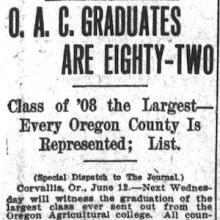
Short Teaching Module: Indian Immigrants and U.S. Citizenship in an Imperial Context
Scholars often study citizenship and denaturalization in national frameworks. The history of legal status and its attendant politics and bureaucratic processes in the United States has long been tied to imperial constellations however.
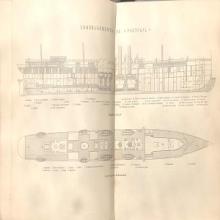
Short Teaching Module: Connecting the French Empire
For a long time, historians tended to study colonial empires of the 19th and 20th centuries one colony at a time, or through the relationship of one colony to its metropole. Increasingly, though, historians are interested in studying global empires as interconnected systems that shaped globalization by channeling the flow (or lack thereof) of people, goods, and ideas through imperial pathways.
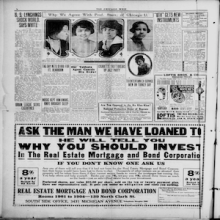
Source Collection: Pan-Africanism, Anticolonialism and Addressing the Problem of the Global Color Line in the 20th Century
At the turn of the 20th century, a growing number of Black intellectuals and activists across the Atlantic world no longer saw institutionalized racial inequality, racial hierarchy, and white supremacy as problems confined to the borders of individual nations. Rather, they increasingly viewed the “color line” as a power dynamic that operated globally and transcended national borders.
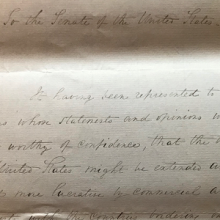
Short Teaching Unit: The Omani Empire and the Center of the Emerging Global Economy, 1500-1850
This essay pushes back against European-dominated narratives of world history to suggest that the Omani Empire was a crucial space for the emergence of our present-day system of global capitalism. By 1850, the Omani Empire was a marketspace with its capital in Zanzibar, stretching from there north to the Persian Gulf.
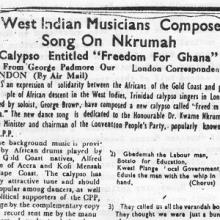
Short Teaching Module: Music and Decolonization in the Black Atlantic
The decades after World War II witnessed rapid decolonization of European empires and a dramatic increase in independence movements for colonized peoples.
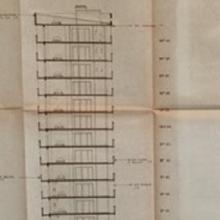
Social Capital in World History: Lyon and Pittsburgh as Examples
Lyon, France, and Pittsburgh, Pennsylvania, are connected by the thread of social capital, or people power. This essay situates social capital as an non-financial asset possessed by people who have little wealth, but who use a variety of strategies to facilitate community improvements.
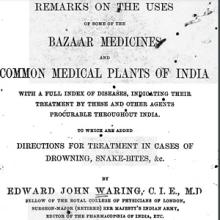
Short Teaching Module: Teaching the Intersection of Gender and Race through Colonial Medical Texts
This module focuses on medical texts written by British doctors working in India and their gendered and racial categorization of ailments and diseases. A detailed analysis of medical texts from the nineteenth century shows the ways in which medical practitioners in Colonial India dedicated much of their time to treating female issues such as menstrual cramps, hysteria, and labor pains.
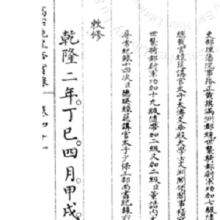
Short Teaching Module: Translation and a World History of the Qing Empire
In 1953, L. P. Hartley famously wrote: “The past is a foreign country: they do things differently there." His observation is particularly relevant for world historians, who have to engage in translation projects to bridge the distance between our world and the worlds of our historical actors.
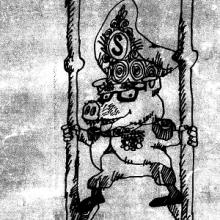
Short Teaching Module: Transnational Connections and the Long Cold War in Nicaragua
A strength of teaching from a transnational perspective is that it forces us to reorient our viewpoint and consider new approaches to our subjects. This is particularly true when looking at modern Latin American history.